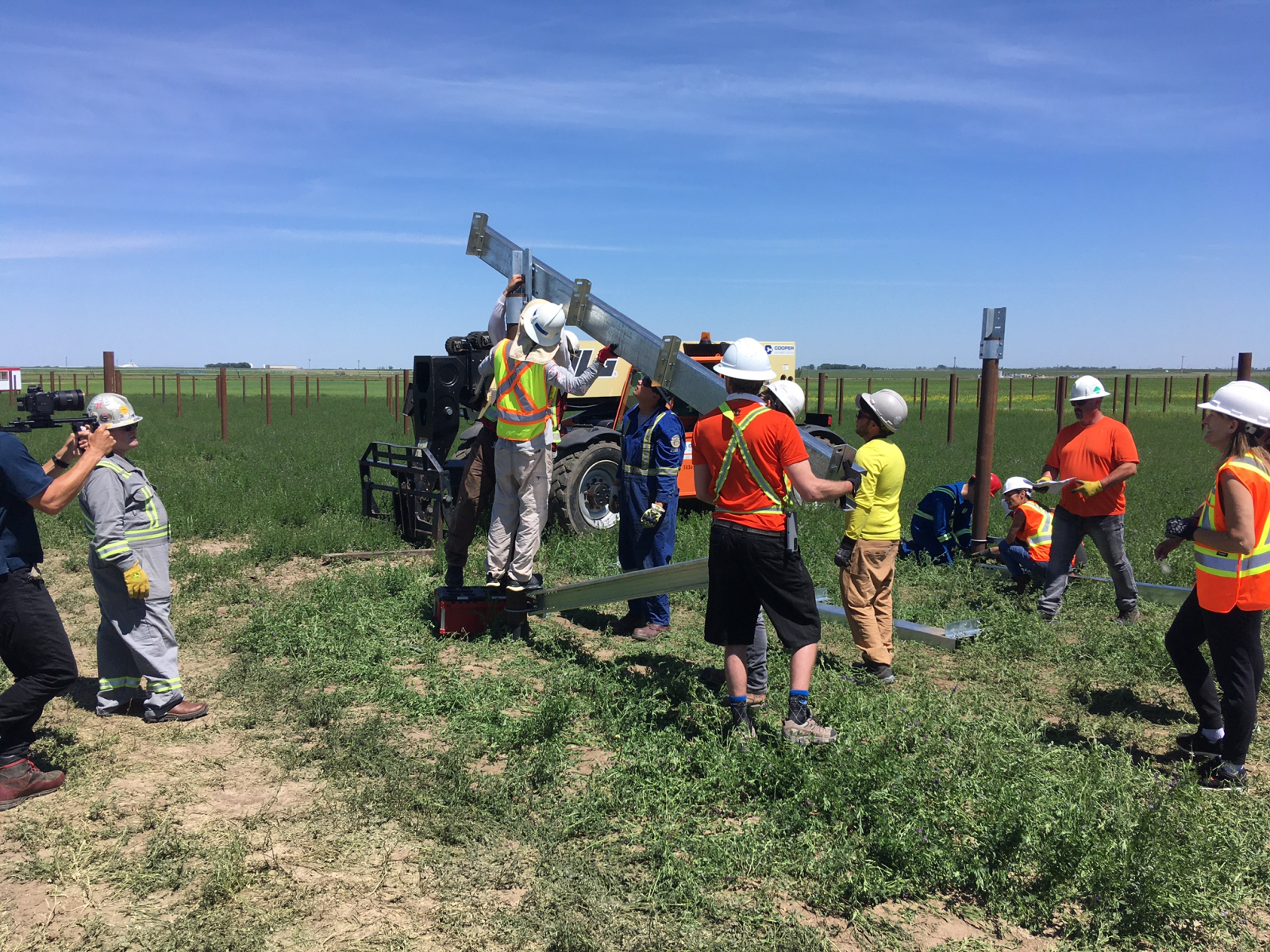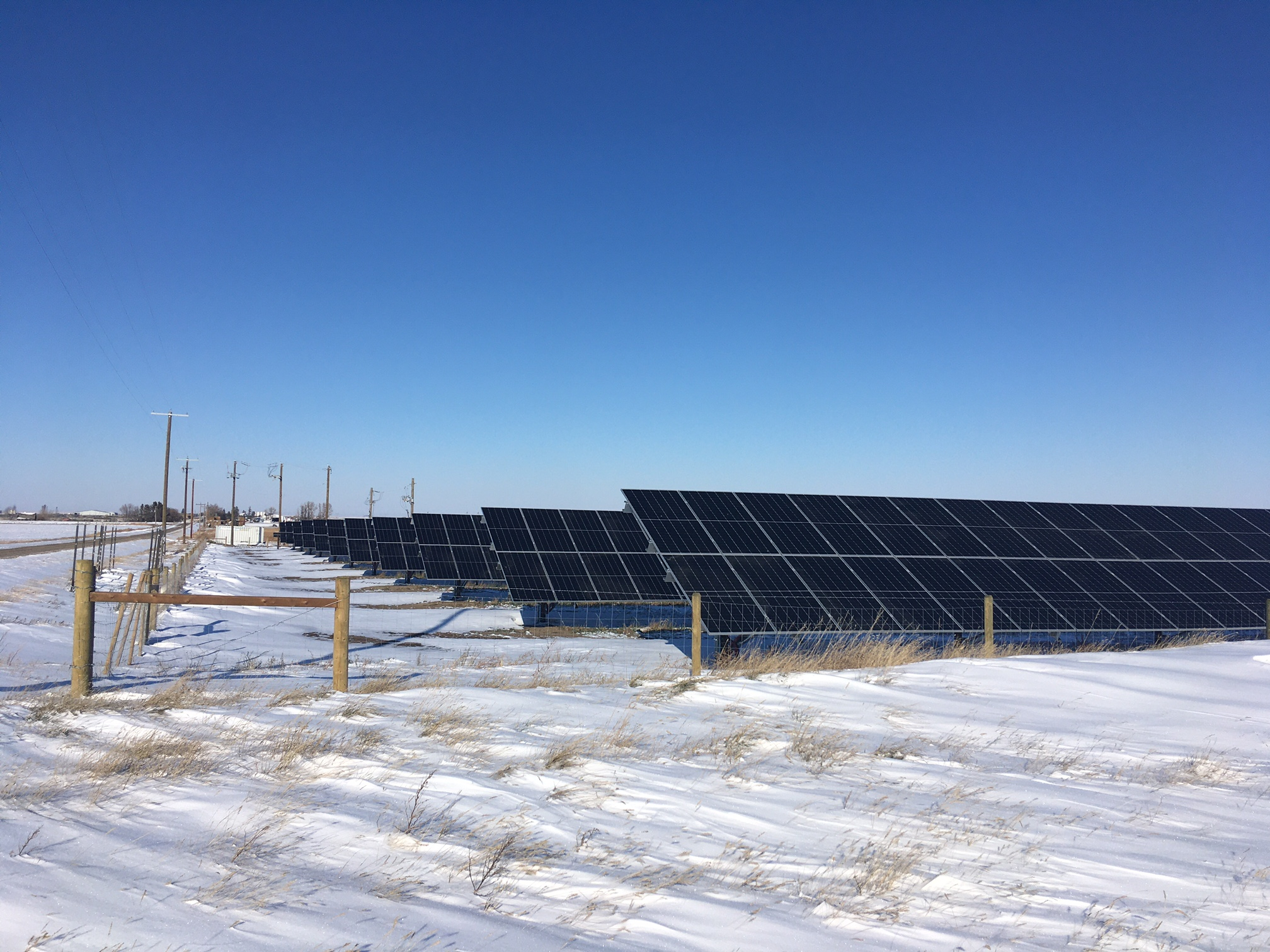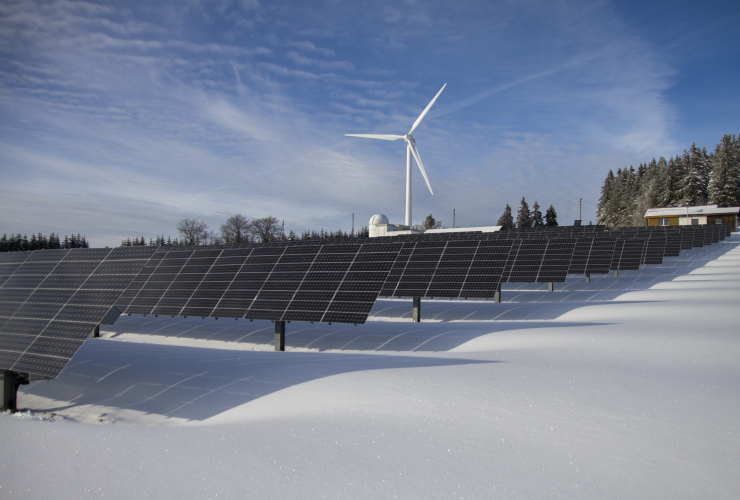The Orphan Well Association (OWA) in Alberta has a lengthy process for reclaiming wells left behind by oil and gas companies. For many years, large companies have been allowed to sell aging assets to smaller companies that squeeze a few more years of production from the depleted wells before declaring bankruptcy to avoid the cleanup liability.
OWA’s decommissioning process involves a number of steps, including removing all equipment, fencing, pipelines and power lines. OWA also caps the wellhead and ensures there is no risk of oil or gas leaks. Once decommissioning is complete, the site enters the reclamation phase.
During reclamation, OWA must first perform an environmental assessment to determine the extent of soil contamination. Next, it remediates the soil, usually by removing it, and transports the contaminated soil to a landfill site where it can be decontaminated over time.
Extensive landscaping is required to remove access roads and well pads. The land is often shaped using heavy equipment to restore its original contours. New topsoil is added and native vegetation planted to restore the site to a natural condition. It can take up to five years for a site to recover and during that time, controlling invasive weeds is a significant challenge.
Eventually, OWA performs a final site assessment and applies for a reclamation certificate from the Alberta Energy Regulator (AER). Once the certificate is granted, the land can be used as it was before the oil and gas facilities were there.
Fossil fuel corporations are not only walking away from their obligation to clean up thousands of well sites, they’re also neglecting to pay property taxes or rent owed to the landowners.
The provincial government has been paying for these liabilities and this will likely continue until the reclamation process has been completed on the growing backlog of abandoned sites.
As of Nov. 1, 2023, the orphan well inventory count includes 2,967 orphan sites for decommissioning, 2,296 orphan pipelines for decommissioning and 7,047 sites for reclamation.
Clearly, managing the orphan well liability comes at a significant cost to Alberta taxpayers, but rather than forcing the industry to pay for a problem it created, the province is considering a plan that would reward companies for fulfilling the obligations they attempted to avoid.
As the orphan well crisis worsens, one might expect strong policy support for a potential solution that reduces the costs associated with reclaiming these sites and introduces new revenue-generating opportunities for the landowners and municipalities saddled with a big environmental liability.
The RenuWell project aims to build small solar generating stations on abandoned well sites and currently has two pilot installations connected to the local electricity distribution network near Taber. Land that was formerly unusable is now producing nearly two megawatts (MW) of clean electricity.
In 2019, RenuWell engaged in consultations with landowners, utilities, the AER and OWA to develop a series of policy recommendations facilitating the use of well sites for solar energy. There were significant cost advantages because the power lines and roads to a solar site would no longer have to be removed as part of the reclamation process.
RenuWell founder Keith Hirsche explained that as the operator of the solar facility, they take over weed management, which can account for as much as 80 per cent of OWA’s reclamation costs. Another significant cost for OWA is the removal of contaminated soil. Since the lifespan of a typical solar farm is 25 to 30 years, this presents the possibility of soil reclamation on-site using bioremediation techniques to regenerate the soil in place.

Taber is known for its delicious corn and one of the RenuWell solar plants was installed at James Muller’s corn farm on a spot that was contaminated by an oil spill back in the 1960s. Numerous attempts to reclaim the soil were unsuccessful and the 3.5-acre site has remained abandoned for over 60 years. Now it is home to a 900-kilowatt-hour solar generator providing electricity for local irrigation systems.
Powering irrigation systems is an ideal application for solar because the load demand aligns perfectly with solar energy’s generating profile. Irrigation pumps need power during hot summer days and are less in demand when the weather is rainy or overcast.
According to Hirsche, once AER understood the concept, it began asking if RenuWell could support the installation of 100 to 200 sites a year. Canadian Solar and SkyFire Energy were interested in partnering to provide the capacity to meet those numbers. Fortis provided connections to the distribution grid for the pilot projects and was willing to support more sites in the future.
At a recent presentation in Calgary, Hirsche noted that there are more than 170,000 well leases in Alberta that are either suspended or abandoned. This represents over 300,000 acres of land that can’t be used for agriculture. The opportunity to generate renewable energy investment, create jobs and produce long-term tax revenues for rural municipalities is massive.
The project also received strong support from Iron & Earth, a non-profit organization creating “pathways to opportunities in the net-zero economy for fossil fuel workers, Indigenous Peoples and their communities.” Iron & Earth worked with RenuWell and Medicine Hat College to develop a training program for installing solar as part of the reclamation process.
Training programs and industry partnerships have been developed, small-scale electricity regulations created and two pilot projects built with OWA and industry support.
Given the enthusiasm of all interested parties, why aren’t small solar farms rolling out on orphaned well sites across Alberta? The only roadblock is the lack of policy rules that allow these projects to be economically feasible on a large scale.
Existing AER policy supports micro-generation projects by ensuring acceptable upfront costs and short approval timelines. Rooftop solar on homes and businesses fall into this category. The rules allow these systems to annually generate an amount of electricity equivalent to what was consumed in the year prior to installing solar.
Utility-scale generators must follow the power plant application process and pay for numerous studies, including an analysis of impacts to the transmission grid, which costs tens of thousands of dollars and can take up to two years for approval.
Projects like RenuWell and other community-based solar co-operatives are subject to these utility-scale requirements despite being more closely aligned with micro-generation projects.
The Municipal District of Taber put forward a resolution at a meeting of the Rural Municipalities of Alberta proposing that brownfield sites should be covered under the Alberta Utilities Commission’s Rule 24. Rule 24 allows micro-generators to be exempt from the power plant application process.
The Taber resolution would allow future RenuWell projects to move forward, but it has yet to receive support from the current anti-renewables regime in Alberta. Also, powerful corporations such as utilities, natural gas companies and transmission system monopolies like AltaLink probably aren’t keen to support rule changes that foster competitors who might eat into their revenues.
In concluding his RenuWell presentation, Hirsche shared this assessment of the situation: “As each of us as landowners, as Indigenous communities, if we can control our own energy, that gives us power we didn’t have before. And there’s resistance to changing that kind of power.”
Indeed, there have been many climate solutions over the years that have faced stiff resistance from those who prefer business as usual, even if that means continued environmental damage and growing costs for the citizens of Alberta.
Rob Miller is a retired systems engineer, formerly with General Dynamics Canada, who now volunteers with the Calgary Climate Hub and writes on behalf of Eco-Elders for Climate Action and Canada’s National Observer.
Updates and corrections
| Corrections policyThis article was updated to provide appropriate credit for the main solar panel image which was provided by Eco Life - Solar Power Systems This article was updated to address corrections pointed out by RenuWell’s Keith Hirsche.
James Molnar is the correct name of the owner of the corn farm hosting RenuWell’s solar facility.
RenuWell is not the operator of its pilot solar facilities. The operator is IRRICAN (a power generation co-op owned by St Mary River and Raymond Irrigation Districts ) and they’re responsible for weed management. The Alberta Utilities Commission (AUC) sets micro-generation policy, not the Alberta Energy Regulator.
Wow. And conservatives are
Wow. And conservatives are who to vote for when it comes to "the economy" eh?
The party of NO strikes again.
For Danielle Smith, the oil
For Danielle Smith, the oil patch sticking the citizens of Alberta with massive costs is a bad PR situation. But, the oil patch sticking the citizens of Alberta with massive costs AND THEN RENEWABLES RESCUING THEM is a horrific PR disaster! I am sure she will do her crooked best to block it.






Comments